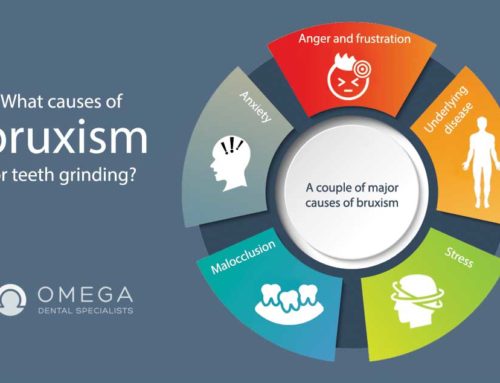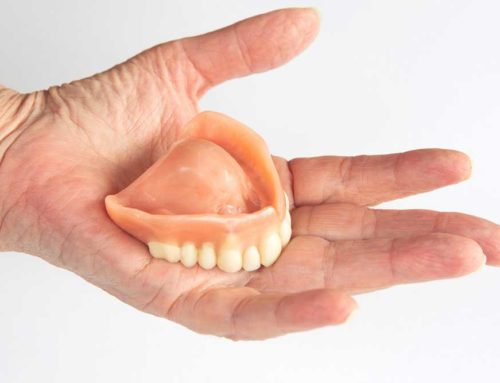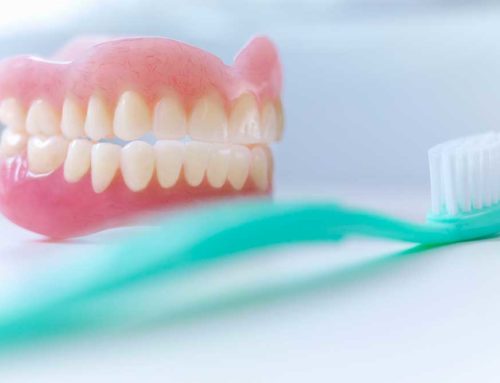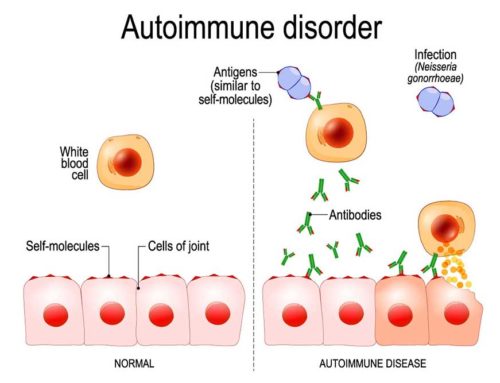If there is no dental insurance, the average cost of fillings is 200 to 600 US dollars. However, depending on the size and location of the tooth decay, and the type of filling material, the cost ranges from US$100 to US$4,000.
1.Factors that affect the cost of fillings include:
- How many teeth need fillings?-Obviously, the more teeth that need fillings, the higher the cost.
- Which teeth need fillings-If additional time or equipment is required, fillings in molars or other hard-to-reach places may cost more.
- The size of the tooth decay: If the size of the tooth decay is particularly large, or the tooth decay is very serious, more materials and work may be required. Then the cost of filling may increase.
- Any additional conditions: If the teeth or gums are infected, you may need to see the dentist and treatment multiple times, which will be an additional cost.
- Location-The cost of dental treatment varies from region to region.
- Dentists-each dental clinic has its own unique pricing and payment options.
2.Type and cost of filler
An uninsured filling’s cost will be determined by the type of material used.
The cost of amalgam fillings
Silver amalgam, also known as metal filler, is the cheapest type of filler. If you need to fill one or two surfaces, these types of fillings cost US$50 to 200, and if you need to fill three or more teeth, it costs US$150 to 400.
The amalgam filler is a combination of silver, tin, zinc, mercury, copper and other materials. They are very durable and can be used for 10 years.
However, they are not as popular as other fillers because their silver color makes them more visible than other types of fillers. This metal can also swell and cause tooth fractures.
The cost of composite fillers
The price of one or two surface composite materials or composite resin filling materials is usually between 150 and 300 US dollars, and the price of three or more surfaces is between 200 and 550 US dollars.
Resin-based composite fillers are slightly more expensive than silver fillers. The cost of gold and porcelain fillings remains higher, however.
Their main advantage is the same color as tooth enamel. They are especially suitable for incisors and clearly visible surfaces.
Resin composites are not as durable as metals, so they are usually replaced every five years. They can, however, last up to 10 or 15 years with proper maintenance.
The cost of filling
The price of cast gold, gold leaf, and gold inlays for one or two surfaces ranges from US$300 to US$1,000, and the price of three or more fillers ranges from US$450 to US$1,800.
Gold fillings can be stored for a long time, as long as decades, and some people prefer their appearance to silver fillings. However, few dentists still use gold for dental restorations.
Porcelain repair (inlay) cost
Porcelain fillings, also known as inlays, cost between US$300 and US$4,500 per operation. According to the American Disability Association, inlays are not technically “fillers”, although they can serve the same purpose.
Ceramic setting is the longest and most expensive filling process. First, your teeth need to be drilled. Then the doctor will make an impression of your teeth, and then make dental implants based on the impression in the laboratory. These fillers are the most beautiful because they are more resistant to staining. They can last for 15 years.
Additional cost
Additional dental procedures may be required to diagnose your oral health or improve the quality of dental work. Other dental services that may be needed include:
| Dental Procedure | Cost |
| Dental exam | $50-$200 |
| Panoramic X-ray | $100-$250 |
| Bitewing X-ray | $25-$50 |
| Periapical X-ray | $25-$50 |
| Laughing gas | $40-$150 |
| Conscious sedation/local anesthetic | $75-$500 |
| IV sedation and anesthesia | $500-$800 |
3.How to save money on fillings
If you do not have a dental insurance plan, the cost of examinations, fillings and other routine dental procedures will increase rapidly. Many people put their dental work on a credit card, thus accumulating debt.
Discount dental plans, which are membership clubs, can help you save money. You will pay an annual fee, starting at a minimum of $99. In return, you can get discounted dental care services from doctors in your network. You can save money on the following procedures:
- Cavity fillings
- Inlay and inlay
- Root Canal Treatment
- Crown
- Dental implants
- Teeth whitening treatment
- Plywood
For people with relatively healthy oral cavity and no serious gum or dental problems, dental discount plans may save more money compared to traditional insurance. If you only need routine tooth cleaning and occasional dental work, check the dental plan.
4.Common problems with cavity filling cost
How much does it cost to fill a tooth?
For one or two surfaces, fillings cost:
- Silver amalgam-$50 to $200
- Composite resin-150-300 USD
- Gold filler-$300 to $1,000
- Ceramic inlays-$300 to $4,500
Without insurance, how much does it cost to be a dentist?
The average price for uninsured dental care is:
- Routine inspection and cleaning-150 to 350 USD
- Tooth extraction-US$150 to US$300 each
- Wisdom tooth extraction-$75-$600 each (depending on your situation)
- Root canal: 700 to 1800 yuan per tooth
- Dental implants-US$1,000 to 4,000 per implant
- Tooth sealant-$30 to $75 per tooth
- Stainless steel crowns-$300 to $500 per tooth
- Inlay/inlay-$650 to $1200
Are tooth extractions and fillings cheap?
It all depends on the condition of your teeth and whether it is a baby tooth or an adult tooth. Usually, fillings are cheaper because you need additional treatment to replace the teeth. Consult your dentist to determine which treatment is the best option for you.
How much does a white filling cost?
White fillers, also known as composite materials, or composite resins, usually cost between US$150 and US$300 for one or two surfaces, and between US$200 and US$550 for three or more surfaces.




